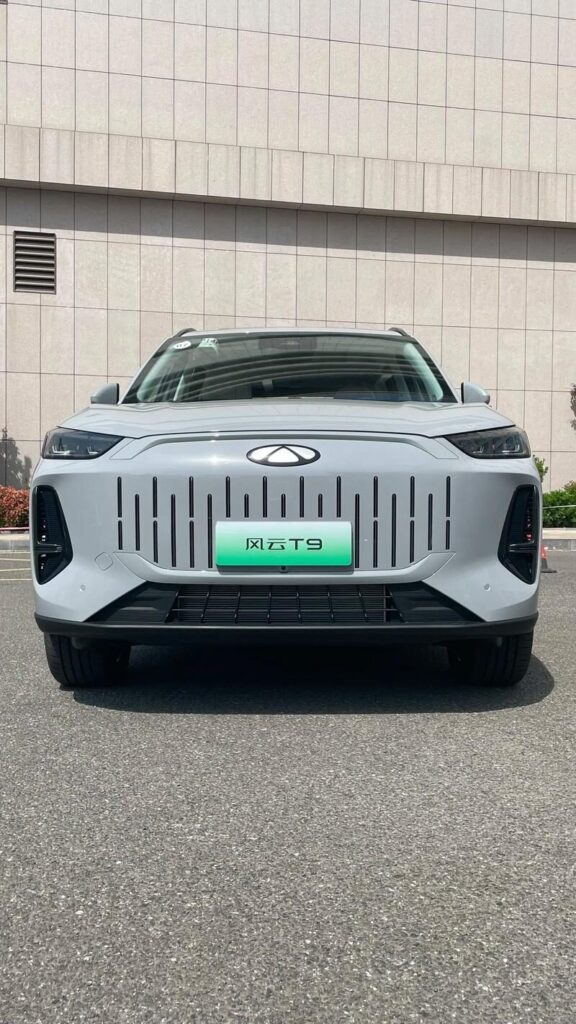Two Chinese Auto Giants, Two Different War Plans: Why Chery and Geely’s Restructuring Strategies Diverge

A seismic shift is underway in China’s auto industry. Two of its largest players, Chery and Geely, have both announced massive organizational restructuring plans. On the surface, both are “consolidating” their sprawling brand portfolios. But dig deeper, and you’ll find they are preparing for battle with entirely different strategies.
This isn’t just internal shuffling; it’s a clear signal of their future ambitions and how they plan to compete in a hyper-competitive market. Let’s break down their divergent paths.
Chery’s Choice: A “Federation” for Operational Efficiency
Chery’s strategy is best described as a “horizontal federation.” It has reorganized its domestic business into four specialized divisions: Exeed (Premium), AiHu (Mainstream), Fengyun (NEV), and QQ (Small Cars).
The core idea is to maintain brand distinction while centralizing key resources like procurement, R&D, and marketing. Think of it as a military alliance: four distinct armies fighting on different fronts but sharing a single, efficient supply chain. The primary goals are to cut internal waste (targeting a 12% reduction in procurement costs), enhance focus, and present a streamlined, attractive structure for its upcoming Hong Kong IPO.
Geely’s Counter-Move: A “Two-Wing” Structure for Global Dominance
Geely has taken a fundamentally different approach. Instead of a federation, it has built a powerful “two-wing” structure by consolidating its brands into two core business groups: the Zeekr Business Group and the Galaxy Business Group.
- The Zeekr Wing (Premium & Tech): This group combines Zeekr, Lynk & Co, and Lotus to target the high-end (300k+ RMB) and global markets. It serves as Geely’s technological spearhead, driving cutting-edge EV architecture and autonomous tech.
- The Galaxy Wing (Scale & Mass Market): This wing merges the original Geely Auto brands with Geometry and Radar. Its mission is to capture the mass market, drive volume, and achieve economies of scale.
In essence, Geely’s strategy is clear: Zeekr pushes the brand upward with technology, while Galaxy provides the foundation with sales volume.
The Core Difference: A Head-to-Head Comparison
| Comparison | Chery | Geely |
| Logic | Horizontal Federation (4 parallel divisions) | Vertical Dual-Hub (2 core business groups) |
| Brand Strategy | Market segmentation via multiple brands | Market bifurcation via two core brands |
| Tech Role | Centralized R&D center supports all brands | Zeekr leads tech development and deployment |
| Strategic Goal | Domestic operational efficiency & IPO prep | Global brand repositioning & market dominance |
Conclusion: Chery Fortifies its Home Base, Geely Prepares for a World War
While both automakers are consolidating, their strategic gazes are fixed on different horizons.
Chery is focused inward, optimizing its domestic operations to build a more efficient and profitable machine ahead of its public offering. It’s a pragmatic move to strengthen its home front.
Geely, on the other hand, is restructuring for a global conflict. By creating a powerful dual-brand structure, it’s positioning itself to take on global giants like Tesla and Volkswagen directly.
Their contrasting strategies provide a fascinating glimpse into the future of the Chinese auto industry. Will Chery’s pragmatic efficiency or Geely’s global ambition prove more successful? The outcome will undoubtedly reshape the automotive landscape.
My AI Jazz Project: